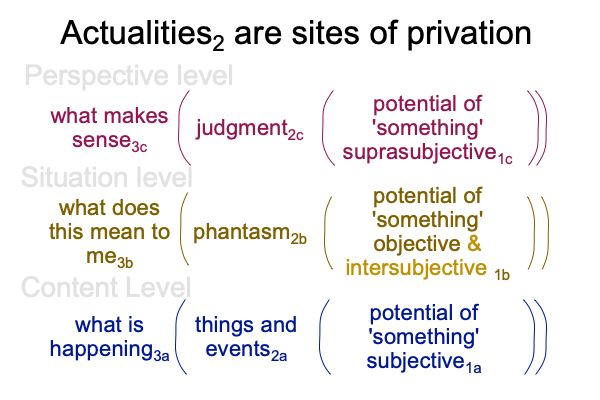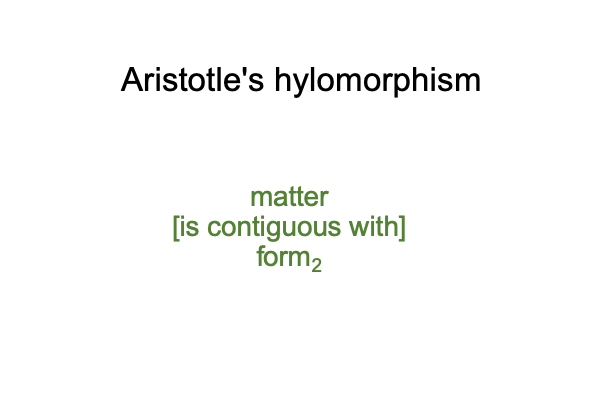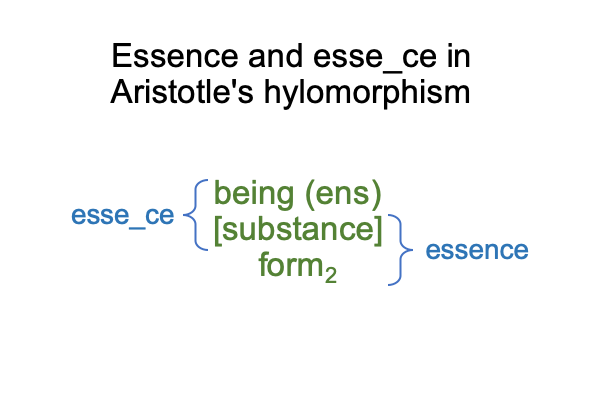Looking at Kirk Kanzelberger’s Essay (2020) “Reality and the Meaning of Evil” (Part 16 of 18)
0063 What is the catch?
Alternate legal theories2c cannot endure in the absence of the original truth of justice1c. There are two types of immoral actors. The practitioners of concupiscence2b, like crooked lawyers, struggle with self-justification1c. The self-justified2c, like opportunistic legal theorists, strain to defy right reason and divine law1c. They offer better alternatives2c. They3coffer them2c in droves. A multitude of alternatives2c swarm with betterness.
Kanzelberger writes, “Purposeful evil is not a matter of ignoring the moral context of courses of action, but a semiotic disorder involving… a fictive construction… that functions as… an imagined future.”
0064 You mean, like that approaching cloud of legal locusts?
Imagine a world where the rule of reason2c and the divine laws1c are partially, then totally, eclipsed by a swarm of organizational objectives2c, each declaring its own righteousness1c, each supported by its own theoretical imperatives1c and each relying on the power of the state to enforce its dictates.
Imagine a world where certain words1a are made flesh2a, and this winged flesh2a fills the air with what is happening3a, so that all things and events2a actualize theory-distorted subjectivities1a.
Imagine a world where our phantasms2b are not grounded in truth, but in the projection of meaning2b into once truth-filled speech-alone words2a.
0065 Surely, we have eaten from the tree of the knowledge of good an evil.
Like locusts.
There will be hell to pay.





